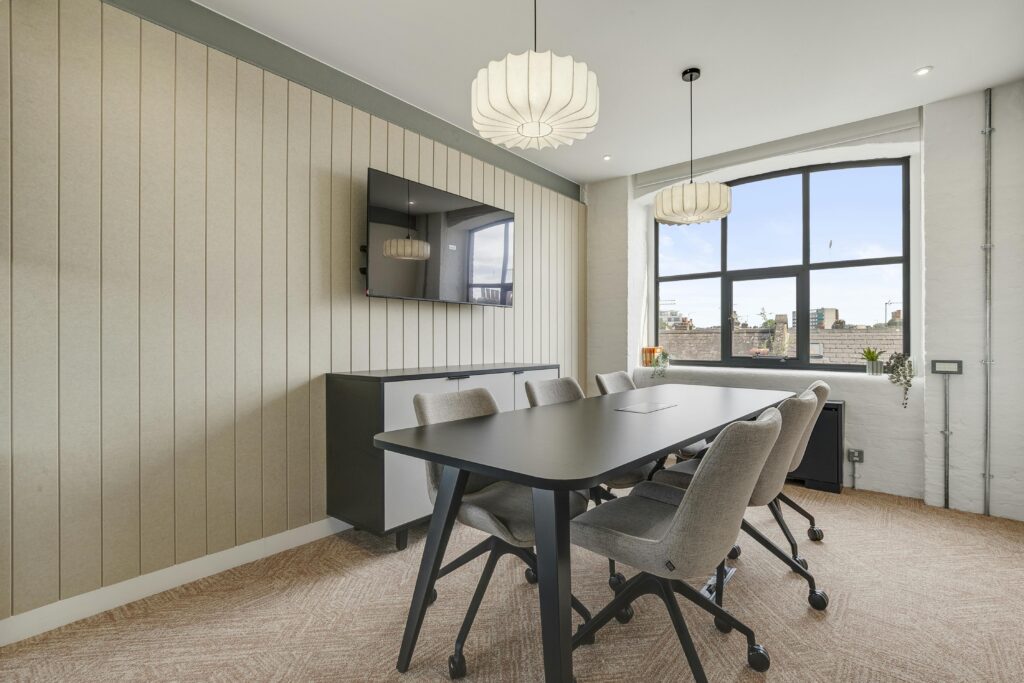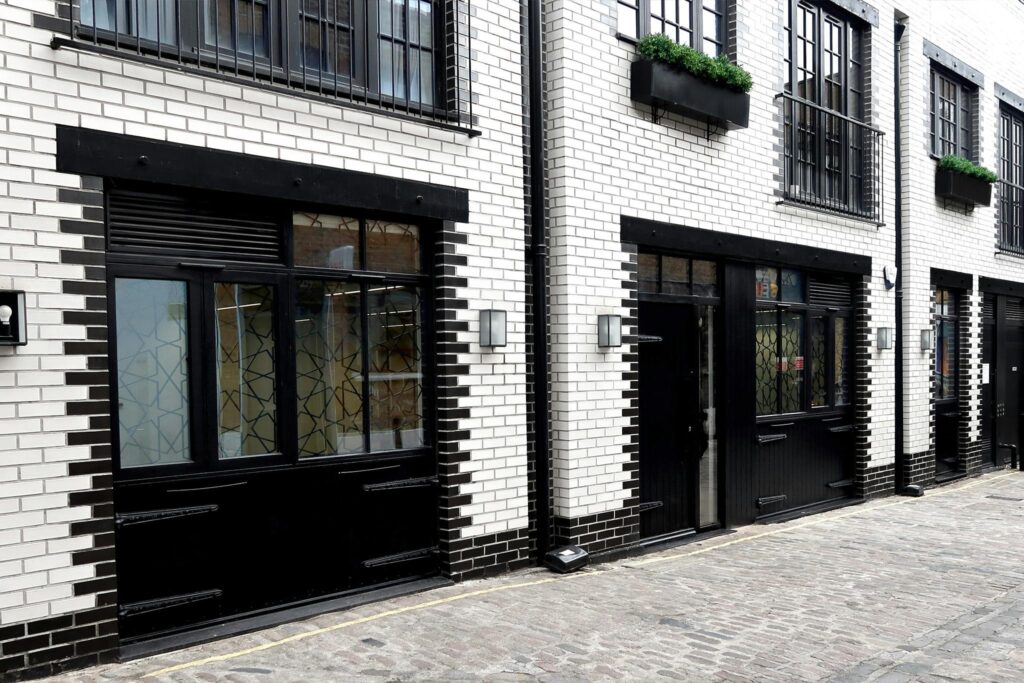Service charges, business rates, insurance, utilities, deposits, and end-of-lease repairs, are some of the added costs to expect when renting an office in London. Renting an office in London often costs far more than the price you see advertised. Once you include syour total outgoings, prices can rise by 30–50%.
Understanding these hidden costs before you sign a lease helps you budget accurately, compare properties fairly, and avoid financial surprises during your tenancy.
What Extra Costs Should I Expect When Renting an Office in London?
| Cost Type | Typical Range | What It Covers |
|---|---|---|
| Service Charges | £5–£15 per sq ft annually | Cleaning, maintenance, and security |
| Business Rates | Around 50% of annual rent | Paid to the council based on rateable value |
| Insurance | £1,000–£3,000 annually | Contents and public liability cover |
| Utilities | £2,000–£5,000 annually | Electricity, water, gas, and internet |
| Deposit | 3–6 months’ rent | Security held by the landlord |
| Legal Fees | £1,500–£3,500 | Lease review and legal admin costs |
| Dilapidations | £15–£35 per sq ft | Restoring the office at lease end |
These figures are based on averages for Central London, though modern buildings with premium amenities tend to sit at the higher end of each range. In 2024, average office rents in Central London reached £75 per square foot, with additional costs like business rates and service charges often adding up to 50% more to total occupancy expenses.
How Much Are Service Charges and Business Rates?
Service charges cover the upkeep of shared areas and essential building operations. This includes cleaning, lift maintenance, building insurance, and repairs to communal facilities. In Central London, these charges typically range between £5 and £15 per square foot per year. Older or smaller buildings are usually cheaper, while offices with concierge services or 24-hour security sit at the higher end of the scale.
Business rates are another major expense. They’re paid directly to your local council and calculated based on your property’s rateable value, which reflects its estimated rental market worth. For instance, a 1,000 sq ft office with a rateable value of £50,000 would owe around £25,000 annually in business rates.
Smaller firms may qualify for small business rate relief if the rateable value is under £51,000, which can significantly reduce this cost.
What Insurance and Utility Bills Will I Need to Pay?
Most commercial leases require tenants to have contents insurance for equipment and furniture, along with public liability insurance to cover injury or damage claims. Combined, these policies usually cost between £1,000 and £3,000 a year, depending on your business type and level of cover.
Utility bills are paid separately from rent. Electricity, water, gas, and internet are all your responsibility, with typical costs ranging from £2,000 to £5,000 per year for a small office. Larger spaces or companies with heavier energy use will pay more. Some serviced offices include utilities in their rent, but these all-inclusive packages tend to be more expensive overall.
How Much Should I Budget for Deposits, Legal Fees, and Dilapidations?
Most landlords ask for a deposit equal to three to six months’ rent. For example, if your annual rent is £30,000, expect to pay between £7,500 and £15,000 upfront. This deposit is held throughout your lease and returned at the end, provided there are no damages or outstanding payments.
Tip: Some landlords accept a rent deposit deed or bank guarantee instead of cash, helping you maintain cash flow.
Legal fees for reviewing your lease typically range from £1,500 to £3,500, while landlords may charge another £1,000 to £2,000 for their own legal costs.
At lease end, you’ll likely face dilapidation costs — the expense of returning the office to its original condition. These usually range from £15 to £35 per square foot, meaning a 2,000 sq ft office could result in a £30,000–£70,000 bill. A professional dilapidations survey before signing can help you estimate and negotiate these costs in advance.
How Can I Work Out the Real Cost of Renting an Office in London?
To calculate your total annual cost, start with your headline rent and add:
Service charges
Business rates
Insurance
Utilities
Together, these can increase your total outgoings by 40–60% in Central London. On top of that, include one-off payments such as deposits, legal fees, and fit-out costs.
Ask your landlord for the previous year’s service charge statement rather than just the projected budget — it provides a more accurate view of true expenses. By calculating all costs in advance, you can choose an office that fits your long-term budget and avoid unexpected bills later on.
Contact us for expert guidance on sizing, designing, and optimising hybrid office spaces, including desk ratios, layouts, and occupancy efficiency.

